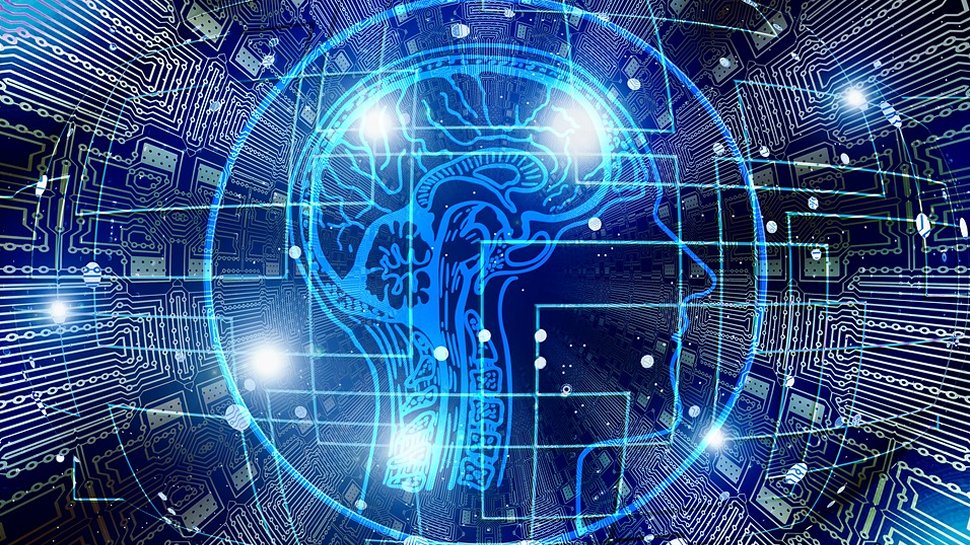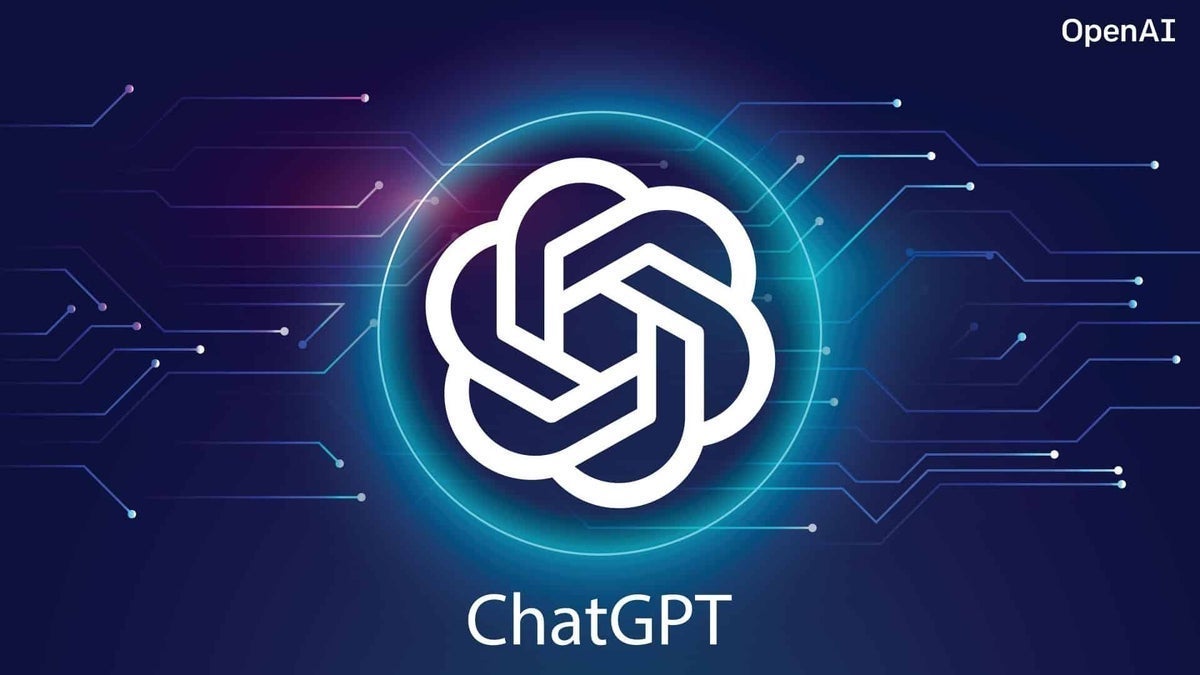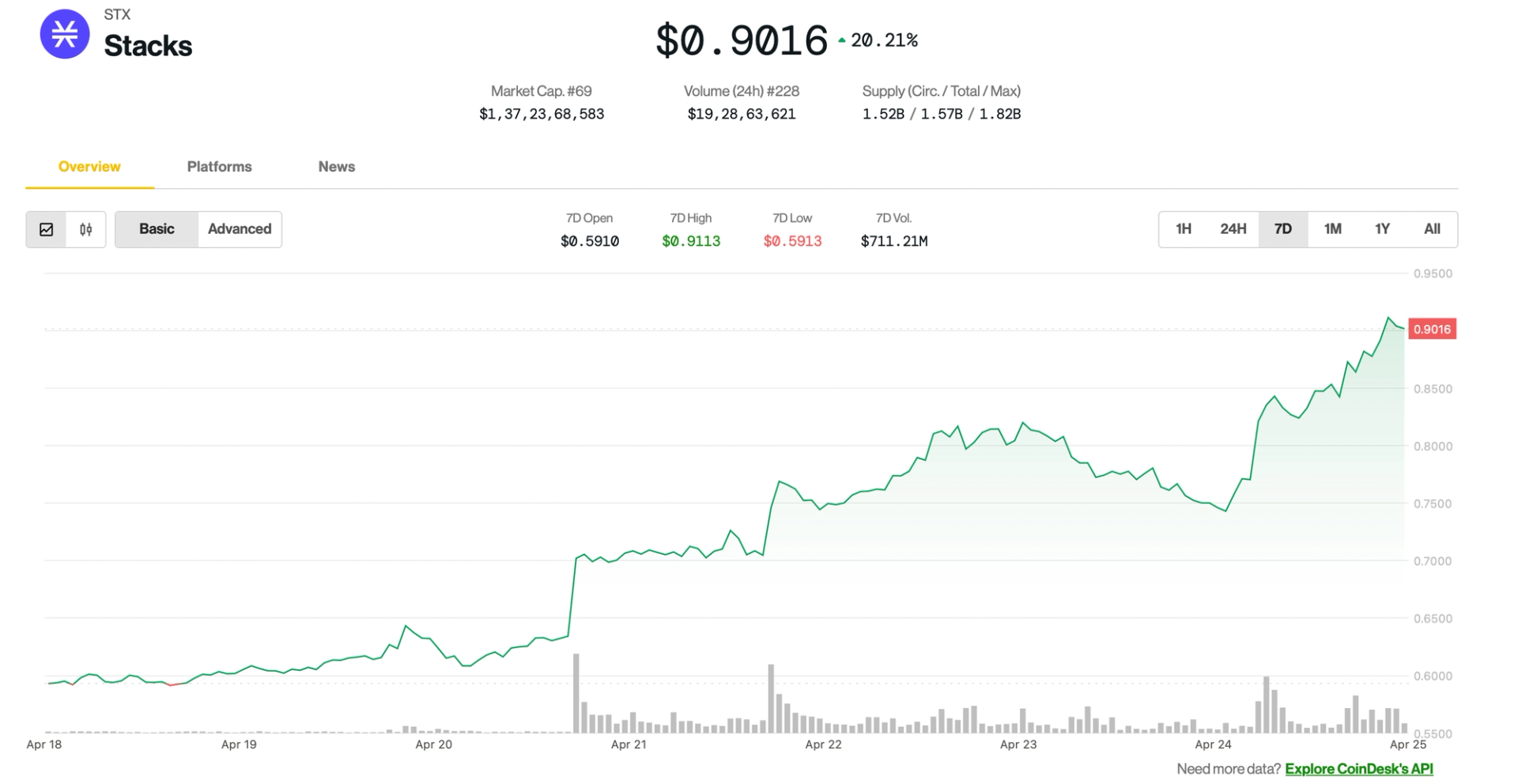AI for Public Health Management – Pandemics and Beyond
The integration of artificial intelligence into public health systems represents one of the most promising developments in our collective efforts to safeguard global health security. From rapid disease detection to vaccine development acceleration, AI technologies are fundamentally transforming how we predict, prevent, and respond to health crises. This evolution isn't merely technological—it's reshaping the core infrastructure of public health for the 21st century. The Transformative Role of AI in Pandemic Response The COVID-19 pandemic served as an unprecedented real-world testing ground for AI applications in public health emergency management. When traditional systems were overwhelmed, AI-powered solutions demonstrated their value across multiple dimensions of pandemic response. Disease Surveillance and Early Detection AI systems have demonstrated remarkable capabilities in early warning and surveillance during public health emergencies. The CDC has implemented AI as part of their Data Modernization Initiative, enabling the processing of massive amounts of data across different modalities including images, audio, free text, and genomic data. This enhanced data processing capacity allows public health officials to discover relationships in data that traditional methods often miss. During COVID-19, AI-powered surveillance systems detected unusual pneumonia clusters days before official notifications through conventional channels, highlighting how artificial intelligence can process diverse data streams—from news reports to airline ticketing information—to identify potential outbreaks faster than traditional methods. Advanced Epidemiological Modeling AI-driven epidemiological models revolutionized our understanding of disease transmission dynamics during the pandemic. Traditional epidemiological frameworks like SIR (Susceptible-Infectious-Recovered) and SIS (Susceptible-Infectious-Susceptible) were enhanced with machine learning capabilities to predict disease spread patterns with unprecedented accuracy. These sophisticated models helped public health officials anticipate outbreaks, evaluate intervention strategies, and optimize resource allocation. Machine learning algorithms improved analysis of complex datasets comprising demographic details, travel behaviors, healthcare records, and environmental variables to predict transmission patterns and identify vulnerable populations with greater precision. This data-driven approach enabled more targeted and effective public health interventions when they were most needed. Diagnostic Innovation and Medical Imaging One of AI's most significant contributions during the pandemic was in medical imaging analysis. AI models achieved remarkable accuracy in detecting COVID-19 from chest X-rays and CT scans, with accuracy rates ranging from 84.3% to 100% across various studies. Models including ResNet18, DenseNet-121, VGG19, and the specialized COVID-Net demonstrated strong performance in identifying COVID-19 cases from radiological images. The CDC reports that AI has significantly improved surveillance speed and accuracy by automatically detecting tuberculosis from chest X-rays. This application shows how AI can enhance diagnostic capabilities at scale, particularly in resource-constrained settings where specialist radiologists may be unavailable. Accelerated Vaccine Development AI accelerated vaccine development timelines significantly during the pandemic. Traditional vaccine development typically requires 5-10 years, but COVID-19 vaccines were developed in less than a year, with AI playing a crucial role in identifying viable vaccine candidates. Machine learning algorithms helped scientists analyze viral protein structures, predict immune responses, and optimize formulations, compressing research timelines from years to months. AI has played a pivotal role throughout the pandemic response, contributing to early warnings, epidemiological modeling, and the expedited development of life-saving vaccines. This condensed timeline represents one of the most compelling demonstrations of AI's potential to transform public health response in crisis situations. Read More: https://dev.to/siddharthbhalsod/revolutionizing-healthcare-with-generative-ai-transforming-diagnosis-drug-discovery-and-3ajk Generative AI: The New Frontier in Public Health While machine learning and predictive AI systems have already transformed public health, generative AI represents the newest frontier with immense potential to further revolutionize health crisis management. Enhanced Disease Surveillance Systems Generative AI is emerging as a promising solution for healthcare-associated infection (HAI) surveillance. Large language models (LLMs) have demonstrated effectiveness in identifying specific types of infections like central line-associated bloodstream infection (CLABSI) and catheter-associated urinary tract infection (CAUTI). Despite promising results, challenges such as ambig

The integration of artificial intelligence into public health systems represents one of the most promising developments in our collective efforts to safeguard global health security. From rapid disease detection to vaccine development acceleration, AI technologies are fundamentally transforming how we predict, prevent, and respond to health crises. This evolution isn't merely technological—it's reshaping the core infrastructure of public health for the 21st century.
The Transformative Role of AI in Pandemic Response
The COVID-19 pandemic served as an unprecedented real-world testing ground for AI applications in public health emergency management. When traditional systems were overwhelmed, AI-powered solutions demonstrated their value across multiple dimensions of pandemic response.
Disease Surveillance and Early Detection
AI systems have demonstrated remarkable capabilities in early warning and surveillance during public health emergencies. The CDC has implemented AI as part of their Data Modernization Initiative, enabling the processing of massive amounts of data across different modalities including images, audio, free text, and genomic data. This enhanced data processing capacity allows public health officials to discover relationships in data that traditional methods often miss.
During COVID-19, AI-powered surveillance systems detected unusual pneumonia clusters days before official notifications through conventional channels, highlighting how artificial intelligence can process diverse data streams—from news reports to airline ticketing information—to identify potential outbreaks faster than traditional methods.
Advanced Epidemiological Modeling
AI-driven epidemiological models revolutionized our understanding of disease transmission dynamics during the pandemic. Traditional epidemiological frameworks like SIR (Susceptible-Infectious-Recovered) and SIS (Susceptible-Infectious-Susceptible) were enhanced with machine learning capabilities to predict disease spread patterns with unprecedented accuracy. These sophisticated models helped public health officials anticipate outbreaks, evaluate intervention strategies, and optimize resource allocation.
Machine learning algorithms improved analysis of complex datasets comprising demographic details, travel behaviors, healthcare records, and environmental variables to predict transmission patterns and identify vulnerable populations with greater precision. This data-driven approach enabled more targeted and effective public health interventions when they were most needed.
Diagnostic Innovation and Medical Imaging
One of AI's most significant contributions during the pandemic was in medical imaging analysis. AI models achieved remarkable accuracy in detecting COVID-19 from chest X-rays and CT scans, with accuracy rates ranging from 84.3% to 100% across various studies. Models including ResNet18, DenseNet-121, VGG19, and the specialized COVID-Net demonstrated strong performance in identifying COVID-19 cases from radiological images.
The CDC reports that AI has significantly improved surveillance speed and accuracy by automatically detecting tuberculosis from chest X-rays. This application shows how AI can enhance diagnostic capabilities at scale, particularly in resource-constrained settings where specialist radiologists may be unavailable.
Accelerated Vaccine Development
AI accelerated vaccine development timelines significantly during the pandemic. Traditional vaccine development typically requires 5-10 years, but COVID-19 vaccines were developed in less than a year, with AI playing a crucial role in identifying viable vaccine candidates. Machine learning algorithms helped scientists analyze viral protein structures, predict immune responses, and optimize formulations, compressing research timelines from years to months.
AI has played a pivotal role throughout the pandemic response, contributing to early warnings, epidemiological modeling, and the expedited development of life-saving vaccines. This condensed timeline represents one of the most compelling demonstrations of AI's potential to transform public health response in crisis situations.
Generative AI: The New Frontier in Public Health
While machine learning and predictive AI systems have already transformed public health, generative AI represents the newest frontier with immense potential to further revolutionize health crisis management.
Enhanced Disease Surveillance Systems
Generative AI is emerging as a promising solution for healthcare-associated infection (HAI) surveillance. Large language models (LLMs) have demonstrated effectiveness in identifying specific types of infections like central line-associated bloodstream infection (CLABSI) and catheter-associated urinary tract infection (CAUTI). Despite promising results, challenges such as ambiguous information underscore the importance of maintaining human oversight in these systems.
The ability of LLMs to process and understand clinical notes, electronic health records, and other unstructured healthcare data opens new possibilities for automated surveillance systems that can detect unusual patterns or potential outbreaks earlier than traditional methods. These AI-powered surveillance tools have the potential to empower healthcare providers, enhance patient safety, and streamline surveillance efforts that traditionally required immense manual labor.
Intelligent Public Health Communication
Generative AI has transformed public health communication during crises. During the COVID-19 pandemic, AI-powered chatbots provided 24/7 access to reliable health information, helping to counter misinformation and reduce the burden on healthcare systems. These tools answered common questions, performed initial symptom checks, and directed people to appropriate resources.
Beyond chatbots, generative AI can create personalized health education materials tailored to different demographic groups, literacy levels, and languages. This capability is particularly valuable during public health emergencies when clear, accessible information is critical to encouraging preventive behaviors and building public trust.
Data Augmentation and Synthetic Data Generation
One of the most promising applications of generative AI in public health is its ability to synthesize data for research purposes. When dealing with rare diseases or emerging pathogens, the availability of training data is often limited. Generative models can create synthetic datasets that preserve statistical properties while protecting patient privacy, enabling research and algorithm development without compromising confidentiality.
Beyond Pandemics: AI's Broader Public Health Applications
While pandemic response has accelerated AI adoption in public health, the potential applications extend far beyond infectious disease outbreaks.
Chronic Disease Management and Prevention
AI systems are increasingly being deployed to improve chronic disease surveillance and management. Predictive algorithms can identify individuals at high risk for conditions like diabetes, heart disease, and hypertension, enabling proactive interventions before complications develop. Machine learning models analyze patterns in electronic health records to identify subtle signs of disease progression that might otherwise go undetected.
The CDC is already using AI to identify opioid-related terms on death certificates, even when misspelled, and to impute missing data from surveys. These applications demonstrate how AI can enhance public health surveillance for non-infectious conditions and address data quality issues that have traditionally hampered surveillance efforts.
Environmental Health Monitoring
AI is transforming environmental health monitoring by integrating data from multiple sources to identify potential health hazards. Machine learning algorithms analyze air quality measurements, water testing results, and climate data to predict environmental health risks and inform public health interventions. Satellite imagery and remote sensing data processed using AI can track environmental changes that might impact public health, from vector habitats to urban heat islands.
The CDC has successfully implemented AI to accelerate outbreak response to Legionnaires' disease by automatically detecting cooling towers from aerial imagery. This innovative application illustrates how AI can connect environmental factors with public health outcomes, creating more integrated approaches to health protection.
Mental Health Surveillance and Intervention
The growing mental health crisis demands innovative approaches to surveillance and intervention. AI tools can analyze social media content, search patterns, and other digital signals to identify population-level trends in mental health, potential suicide clusters, or emerging substance abuse patterns. These systems can provide early warning of concerning trends, allowing public health officials to deploy resources proactively.
Natural language processing techniques similar to those used by the CDC for vaccine safety monitoring could be adapted to analyze mental health-related data, providing insights into emerging concerns and the effectiveness of interventions. This application demonstrates how AI technologies developed for one public health domain can be repurposed to address others.
Challenges and Ethical Considerations in AI Deployment
Despite its transformative potential, AI implementation in public health faces significant challenges that must be addressed thoughtfully.
Data Privacy and Security Concerns
Public health applications of AI often require access to sensitive health information, raising important questions about data privacy, security, and consent. Finding the right balance between public health benefits and individual privacy rights remains challenging, particularly during emergencies when rapid data sharing may be necessary.
The ethical frameworks guiding AI development during pandemics must ensure responsible and equitable utilization of AI technologies in public health crises. This includes developing clear governance mechanisms, transparent data usage policies, and robust security protocols to protect sensitive health information.
Algorithmic Bias and Health Equity
AI systems trained on biased or unrepresentative data can perpetuate or even amplify existing health disparities. Multiple studies have documented bias in healthcare algorithms across various medical specialties. Ensuring that AI tools promote rather than undermine health equity requires diverse training data, careful algorithm design, and ongoing monitoring for unintended consequences.
The development of AI in public health must prioritize fairness, transparency, and inclusivity to avoid exacerbating existing health inequities. This means ensuring that training data reflects diverse populations and that algorithms are regularly audited for potential bias in their outputs.
Integration with Existing Health Systems
Implementing AI solutions within established public health systems presents technical and organizational challenges. Legacy infrastructure, interoperability issues, and workforce capacity constraints can limit the effective deployment of AI tools. Successful integration requires not just technological solutions but also organizational change management and workforce development.
External validation studies emphasize the need for further refinement of machine learning models to ensure optimal generalizability and performance in real-world scenarios. Acquiring larger and more diverse datasets is essential to confirm the effectiveness and applicability of AI-based approaches before widespread clinical implementation.
Human-AI Collaboration
While AI has demonstrated impressive capabilities, human oversight remains essential. Research on generative AI in healthcare surveillance emphasizes the importance of human judgment, particularly when dealing with ambiguous information. The most effective implementations of AI in public health will likely be human-AI collaborations rather than fully automated systems.
The optimal approach recognizes AI as a powerful tool that amplifies human capabilities rather than replaces human judgment. Public health professionals need training to work effectively with AI systems, understanding both their capabilities and limitations.
The Road Ahead: Future Possibilities in AI-Powered Public Health
The future of AI in public health holds tremendous promise, with several emerging trends that could further transform how we protect and promote population health.
Global Early Warning Systems
The next generation of AI-powered surveillance systems could create a truly global early warning network for disease outbreaks. By integrating data from clinical settings, wastewater monitoring, animal health surveillance, social media, and other sources, these systems could detect potential outbreaks earlier and with greater precision than current approaches.
International collaboration will be essential to building such systems, requiring shared standards for data exchange, agreed protocols for response, and equitable access to the benefits of AI-powered surveillance. Dynamic models powered by AI algorithms are emerging as potent tools for navigating the ever-changing landscape of global health threats.
Precision Public Health
Just as precision medicine tailors treatments to individual patients, precision public health uses data and advanced analytics to design more targeted and effective public health interventions. AI can help identify which population segments are most vulnerable to specific health threats and which interventions are most likely to be effective for different groups, enabling more efficient use of limited public health resources.
As machine learning and deep learning algorithms advance, their integration into healthcare infrastructure will grow, with anticipated significant positive impacts on health systems globally. The adaptability and flexibility of these technologies allow for effective deployment across various public health challenges.
Cross-Sectoral Integration
The most exciting possibilities may lie in integrating AI across different sectors that impact health. AI systems that can analyze data from healthcare, transportation, housing, education, and other domains could provide unprecedented insights into the complex social determinants of health and inform more holistic approaches to improving population health.
The CDC's use of AI to detect cooling towers from aerial imagery for Legionnaires' disease prevention illustrates this cross-sectoral approach, connecting environmental monitoring with public health action. This integration of disparate data sources represents one of the most promising frontiers in AI-powered public health.
Conclusion: Building a Resilient AI-Enabled Public Health Future
The integration of AI into public health represents not just a technological evolution but a fundamental reimagining of how we protect and promote population health. From pandemic response to chronic disease management, environmental health monitoring to mental health surveillance, AI offers powerful new tools to address persistent and emerging health challenges.
Realizing this potential will require thoughtful navigation of technical, ethical, organizational, and policy challenges. It will demand new forms of collaboration across disciplines, sectors, and borders. And it will necessitate continued investment in both technological innovation and the human capabilities needed to guide and govern these powerful new tools.
The COVID-19 pandemic demonstrated both the promise of AI in public health and the consequences of inadequate preparedness. As we look toward future health challenges, from emerging infectious diseases to the health impacts of climate change, building robust, ethical, and equitable AI capacities for public health becomes not just an opportunity but an imperative.
If you're exploring the power of AI for public health or looking for expert guidance in building smart health solutions, feel free to reach out. I'd be happy to consult and contribute to your vision of a healthier future powered by responsible AI innovation.






































































































































































![[The AI Show Episode 144]: ChatGPT’s New Memory, Shopify CEO’s Leaked “AI First” Memo, Google Cloud Next Releases, o3 and o4-mini Coming Soon & Llama 4’s Rocky Launch](https://www.marketingaiinstitute.com/hubfs/ep%20144%20cover.png)

















































































































































































































































.jpg?#)


















































































































































![Apple to Shift Robotics Unit From AI Division to Hardware Engineering [Report]](https://www.iclarified.com/images/news/97128/97128/97128-640.jpg)

![Apple Shares New Ad for iPhone 16: 'Trust Issues' [Video]](https://www.iclarified.com/images/news/97125/97125/97125-640.jpg)







































































































































